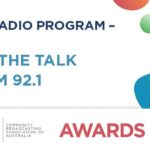Not every language uses the same words for colours.
English has about 11 colour terms, while other languages get by with two or three. And it seems that people whose language uses different colour terms are able to easily tell the difference between colours that look just the same to us. Does our language warp our perception of reality?
Linguist Daniel Midgley brings it into focus on this week’s Talk the Talk.
Listen to this episode
You can listen to all the episodes of Talk the Talk by pasting this URL into your podlistener.
http://danielmidgley.com/talkthetalk/talk_classic.xmlShow notes
It looks like the whole thing is a non-issue.
When the BBC put the video together, they used actors to reconstruct what they thought the experiment was about. In fact, the writers of the paper weren’t even trying to say that different words for colour made you incapable of seeing them.
http://languagelog.ldc.upenn.edu/nll/?p=18237
Here’s the video we’re talking about:
http://www.youtube.com/watch?v=4b71rT9fU-I&feature=player_embedded
And here’s a good introductory article on Himba colour terms:
http://www.apa.org/monitor/feb05/hues.aspx
Or if you prefer, BoingBoing:
http://boingboing.net/2011/08/12/how-language-affects-color-perception.html
Serious scholarly paper alert:
http://tinyurl.com/62j3oto
A good introduction to the Sapir Whorf Hypothesis, including how it relates to colour terms
http://plato.stanford.edu/entries/relativism/supplement2.html
Uncle Cecil of the Straight Dope quashes the myth that people in Ancient Greek times could only see three or four colours:
http://www.straightdope.com/columns/read/449/could-early-man-only-see-three-colors
If you’re into Pirahã:
http://everything2.com/user/cpt_ahab/writeups/Pirah%25E3








